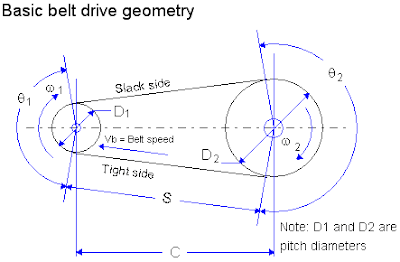Properties of Friction

Friction is the resistance to motion that takes place when one body is moved upon another, and is generally defined as “that force which acts between two bodies at their surface of contact, so as to resist their sliding on each other.” According to the conditions under which sliding occurs, the force of friction, F, bears a certain relation to the force between the two bodies called the normal force N. The relation between force of friction and normal force is given by the coefficient of friction, generally denoted by the Greek letter μ. Thus: F = μ × N and μ = F/N A body weighing 28 pounds rests on a horizontal surface. The force required to keep it in motion along the surface is 7 pounds. Find the coefficient of friction. μ = F/N = 7/28 = 0.25 If a body is placed on an inclined plane, the friction between the body and the plane will prevent it from sliding down the inclined surface, provided the angle of the plane with the horizontal is not too great. There will be ...




